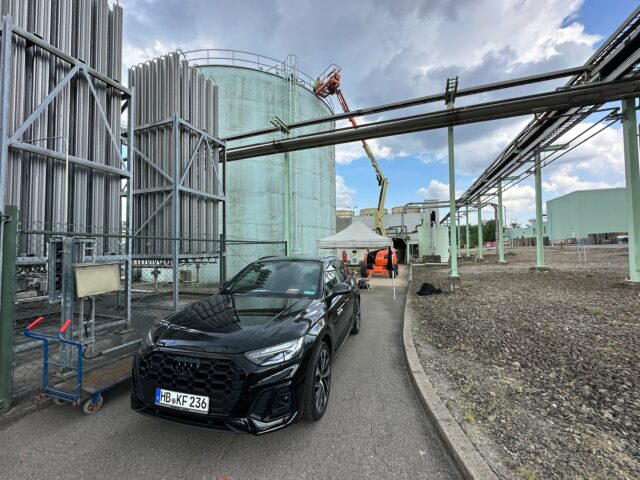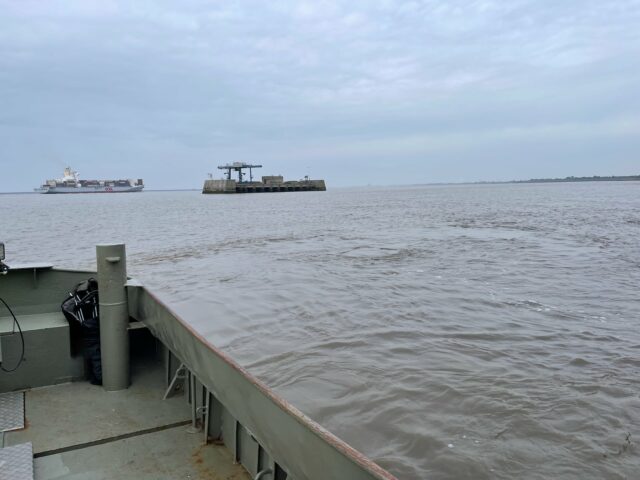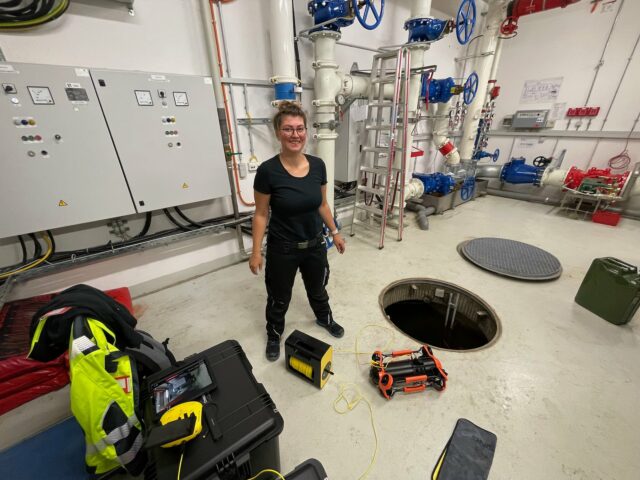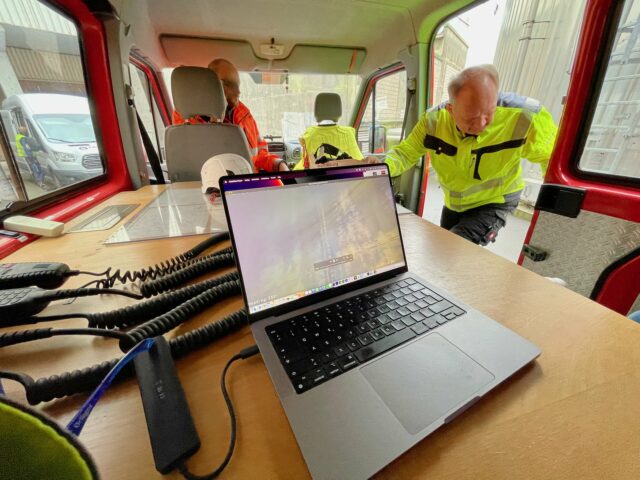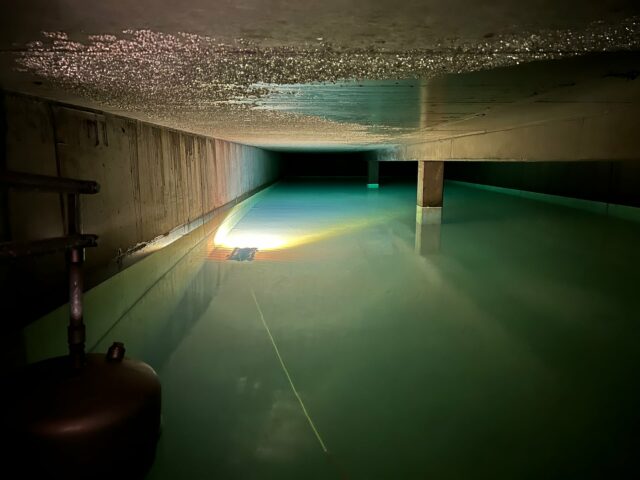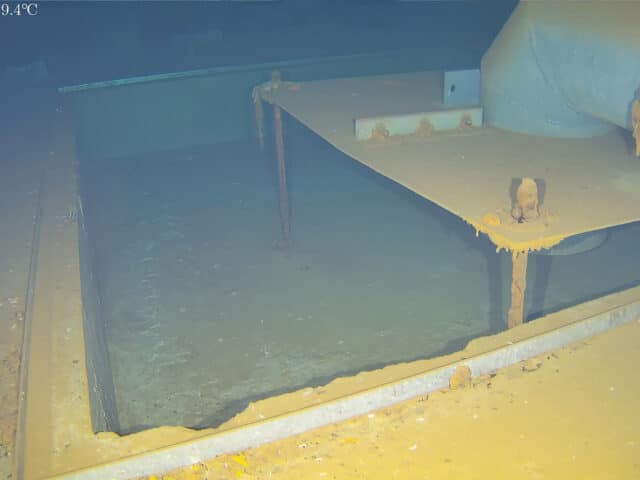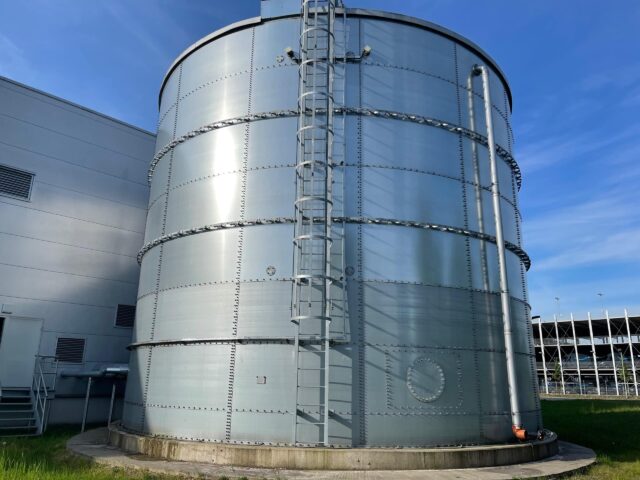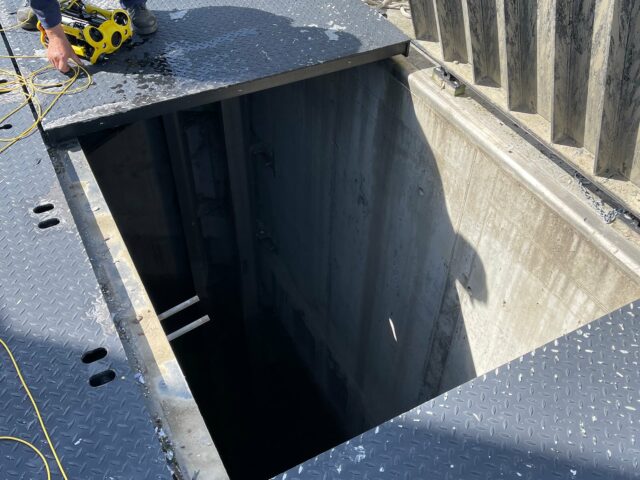Inspection with Underwater Drones
- Safety: No Divers required.
- Reliability: High-quality visual data.
- Data Quality: Perfect documentation of industrial sites.




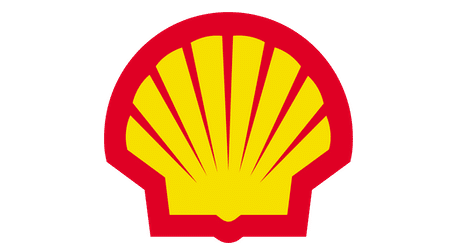

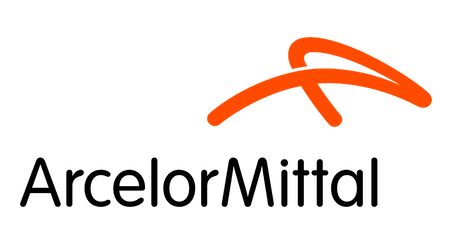










Underwater Drones: A New Era for Inspecting Industrial Infrastructure and Power Plants
In the realm of industrial infrastructure and power plant maintenance, regular inspection plays a pivotal role. Detecting potential issues before they evolve into serious problems can save substantial time, cost, and even lives. However, traditional inspection methods are time-consuming, hazardous, and sometimes not even possible due to difficult access areas. Here at Kopterflug, we are revolutionizing this aspect with the implementation of our cutting-edge underwater drone technology. Our approach enhances the safety, efficiency, and thoroughness of these crucial inspections, taking reliability of infrastructure to new depths.
The advantages of Inspection with Underwater Drones:
- Efficiency and Safety: Our underwater drones transform the way inspections are conducted, eliminating the need for divers, thereby enhancing safety, and significantly speeding up the process.
- Access to Constrained Areas: Thanks to their compact design, our drones can access narrow and hard-to-reach areas within industrial infrastructure and power plants, something that was challenging with traditional methods.
- High-resolution Imaging: Equipped with high-resolution cameras, our drones capture detailed images, ensuring precise inspections and effective identification of potential issues in underwater structures.
- Advanced Sonar Technology: Our drones are also equipped with state-of-the-art sonar systems, which are crucial for conducting inspections and measurements even in low-visibility water conditions. This allows for reliable detection and mapping of structures, defects, and anomalies.
- Uninterrupted Operations: Our underwater drones can operate for extended periods, ensuring thorough inspections without having to halt operations of the facility being inspected. This continuous operation minimizes disruption and downtime.
Beyond Diving: How Our Underwater Drones Transform Infrastructure Inspections
At Kopterflug, we have harnessed the potential of advanced technology to deliver solutions that make underwater inspections safer, more efficient, and more reliable than ever before. Our answer to these challenges lies in our state-of-the-art underwater drones.
Underwater drones, also known as remotely operated vehicles (ROVs), are unmanned, remotely controlled systems equipped with cameras and other instruments. They navigate the depths of various structures, capturing high-resolution images and data that provide valuable insights about the structural integrity of the inspected infrastructure. Our drones work tirelessly, moving seamlessly through water to inspect areas that would be otherwise challenging, if not impossible, for human divers to reach.
One of the primary benefits of our underwater drones is the elimination of the need for human divers. This not only significantly enhances safety by removing the risks associated with diving but also reduces the time and costs associated with the mobilization of diving teams.
Furthermore, our drones can swiftly move around underwater structures, resulting in quicker inspections. They are capable of accessing and inspecting narrow and hard-to-reach areas without risking human safety. This efficiency means that we can perform comprehensive inspections in a fraction of the time of traditional methods, ultimately saving our clients both time and money.
In addition to this, our drones can work continuously without the need for breaks, which is not possible with human divers. This leads to uninterrupted operations, contributing to even greater efficiency.
By integrating the power of technology with our expertise in infrastructure inspections, we deliver superior safety, speed, and accuracy with our underwater drone inspection services.
Top 3 Reasons why we user Underwater Drones
- Improved Safety: Underwater drones eliminate the need for human divers, significantly reducing the risk of accidents and enhancing overall safety during underwater inspections.
- Increased Efficiency: Capable of operating continuously without the need for breaks, underwater drones conduct inspections in less time compared to traditional methods. They also can access hard-to-reach or narrow areas that may be inaccessible to human divers.
- High-Quality Data Collection: Equipped with high-resolution cameras and advanced sonar systems, underwater drones capture detailed images and accurate data even in low-visibility water conditions. This technology aids in the early detection of potential structural issues, ensuring effective maintenance of industrial infrastructure and power plants.
Underwater Drones - Latest Inspection Technology
At the heart of our underwater drones lies our cutting-edge technology: high-resolution cameras and advanced sonar systems. These integral components play a crucial role in ensuring the thoroughness and accuracy of our inspections.
Our drones are equipped with high-resolution cameras designed to capture detailed, clear images even in challenging underwater conditions. This superior image quality ensures that no structural issue goes unnoticed, allowing for timely and effective maintenance and repairs.
Complementing our camera technology, our drones are also fitted with advanced sonar systems. Sonar technology is especially useful in low-visibility water conditions where traditional cameras may fail. The sonar sends out sound waves, which bounce back after hitting an object. This allows for reliable detection and mapping of underwater structures, as well as identification of potential defects and anomalies.
Combined, our high-resolution cameras and sonar technology provide a comprehensive picture of the inspected infrastructure. The ability to capture detailed visual data and precise measurements ensures optimal documentation of the infrastructure’s condition. This is invaluable not only for identifying immediate repair and maintenance needs but also for tracking changes over time and planning future maintenance activities.
Some Spects on our Underwater Drones
- Depth Rating: Our Underwater Drones are capable of diving up to 150 meters deep, offering a wide range for underwater exploration and inspection.
- Camera Quality: It features a 4K UHD camera, capturing high-quality video and 12MP still photos.
- Stabilization: Our Drones use a 1/2.3 inch CMOS sensor and EIS anti-video-shake feature, ensuring clear and stable footage.
- Battery Life: With a battery life of up to 4 hours and removable batteries, it is designed for extended use in underwater environments.
- 360° Movement: Our ROVs offer full omnidirectional maneuverability, allowing for complex motion and positioning.
- Lighting: It is equipped with two 2000 lumen LED lights to illuminate the path in dark underwater environments.
- Robust Design: Its rugged design allows it to withstand demanding underwater conditions.
No Space Too Small: The Access Capabilities of Underwater Drones
Many infrastructure and power plant components are situated in constrained or hazardous areas that can pose serious challenges for human divers. This is where our underwater drones excel. Thanks to their compact design and exceptional maneuverability, our drones can access even the narrowest spaces and most complex environments, performing detailed inspections that were previously difficult, if not impossible. This capability is complemented by their endurance. Unlike human divers, our drones can stay submerged and operate continuously for extended periods. This means we can complete thorough, uninterrupted inspections faster and without the need for regular resurfacing breaks, significantly improving the efficiency and completeness of our services.
Examples of Structures and Components that can be inspected with Underwater Drones
- Ballast tanks
- Underwater pipelines
- Cooling water intakes and outfalls
- Internal components of cooling towers
- Nuclear reactor containment structures
- Ship hulls, particularly in areas with potential for barnacle growth
- Underwater turbine components, such as those found in hydroelectric dams
- Bridge footings and piers
- Offshore oil platform support structures
- Underwater cables
- Flood control gates
- Submerged portions of docks and piers
- Ship propellers and rudders
- Underwater valves and vents
- Dams and spillway gates
- Water treatment plant tanks and piping
- Internal parts of large pumps
- Inside wastewater treatment tanks
- Reservoir outlet structures
- Sewage outfall pipes
- Lock gates
- Internal components of desalination plants
- Penstocks (water control gates)
- Underwater storage tanks and silos
- Subsea wellheads
- Wind turbine subsea foundations
Ready to revolutionize your underwater inspections? Trust our state-of-the-art underwater drones to deliver detailed, efficient, and safe inspections for your industrial infrastructure and power plants. Don’t let difficult-to-reach areas be a roadblock to maintaining your facility’s integrity. Reach out to us today to learn more about our services, and let’s dive deeper into safety and efficiency together. Contact us now!
Request a Quote
Frequently Asked Questions
Our Experts

Karsten
CEO

Christian
CEO & Founder
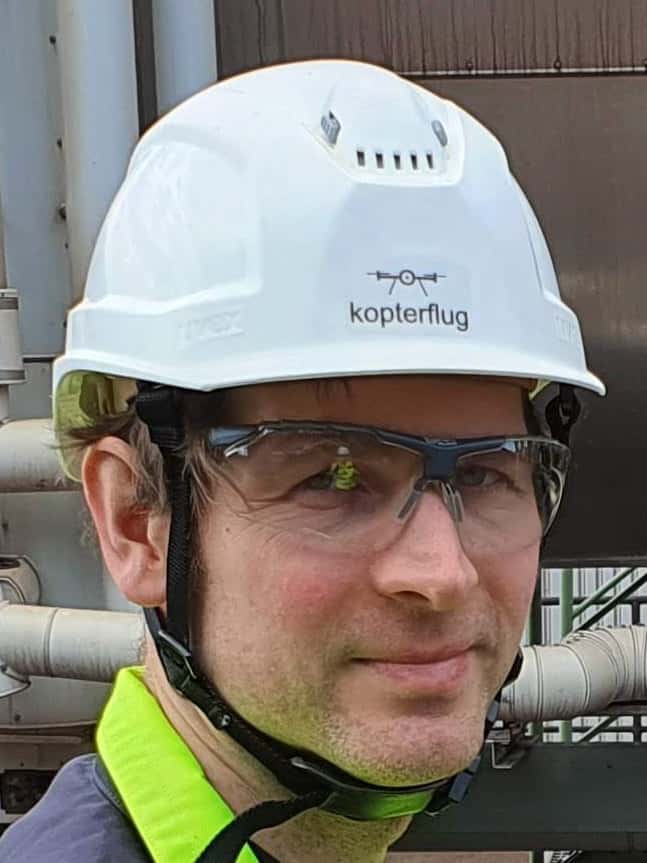
Philipp
CFO & co-owner
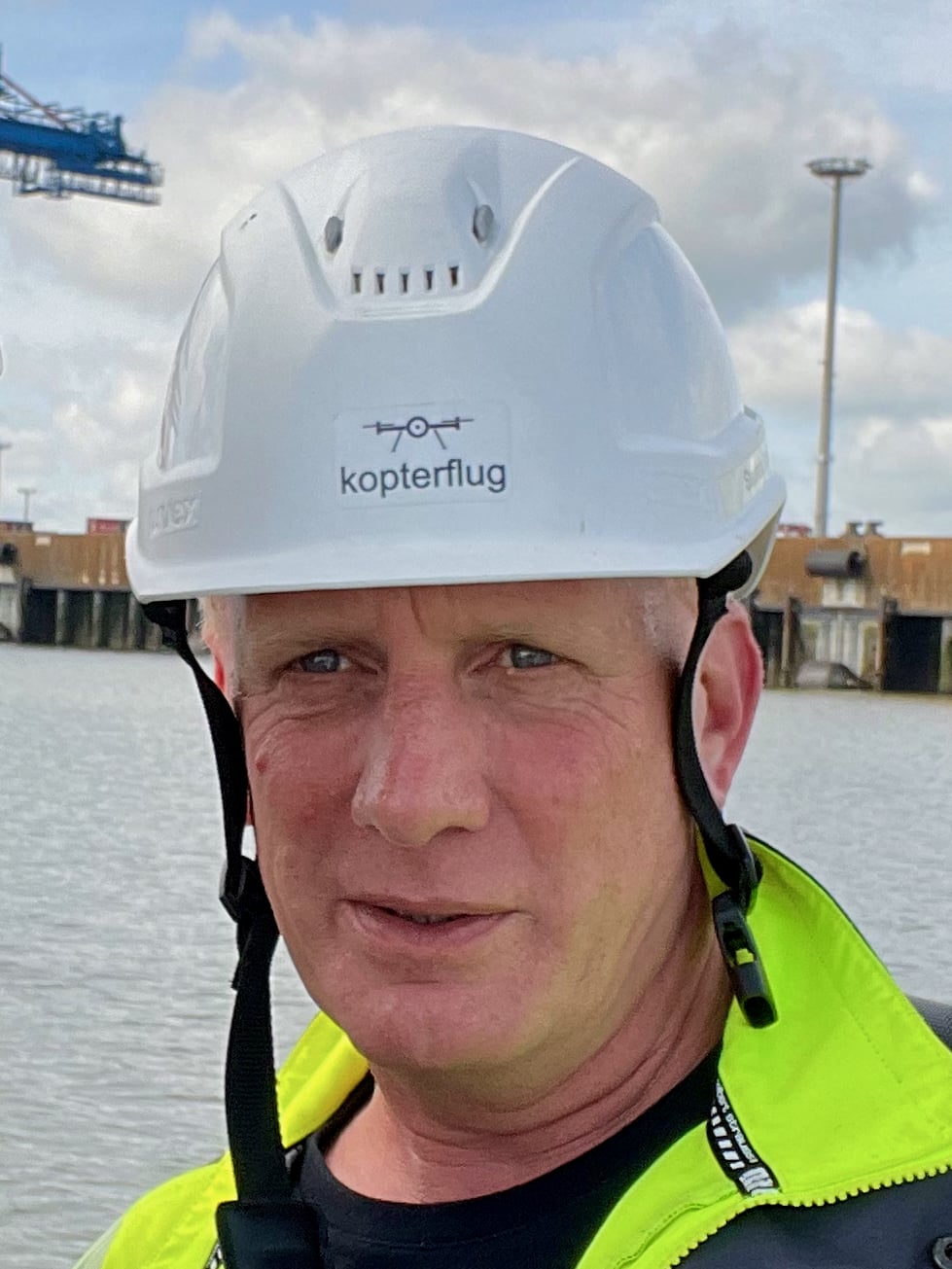
Stephan
Operations
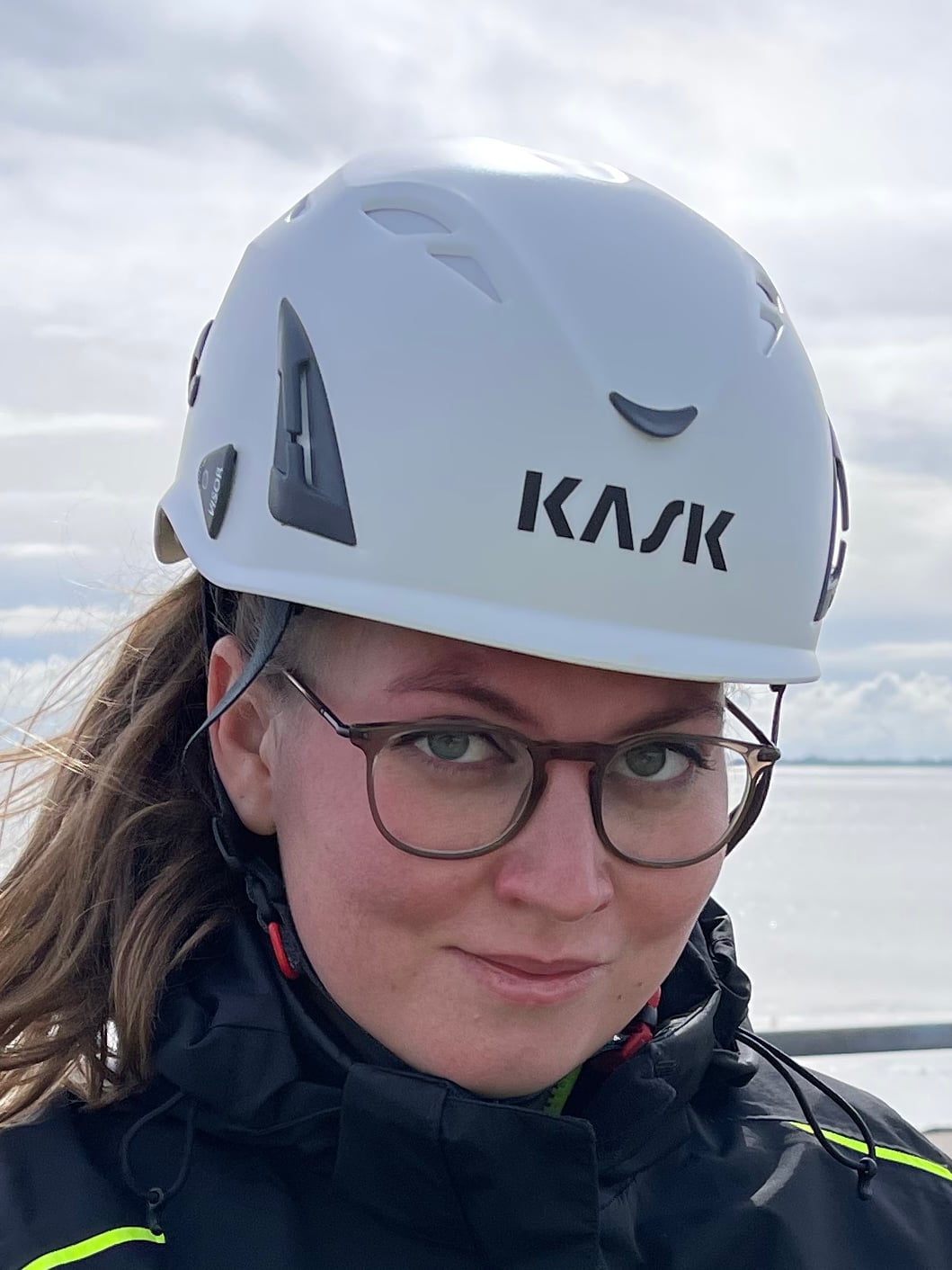
Juliana
Maritime Specialist

